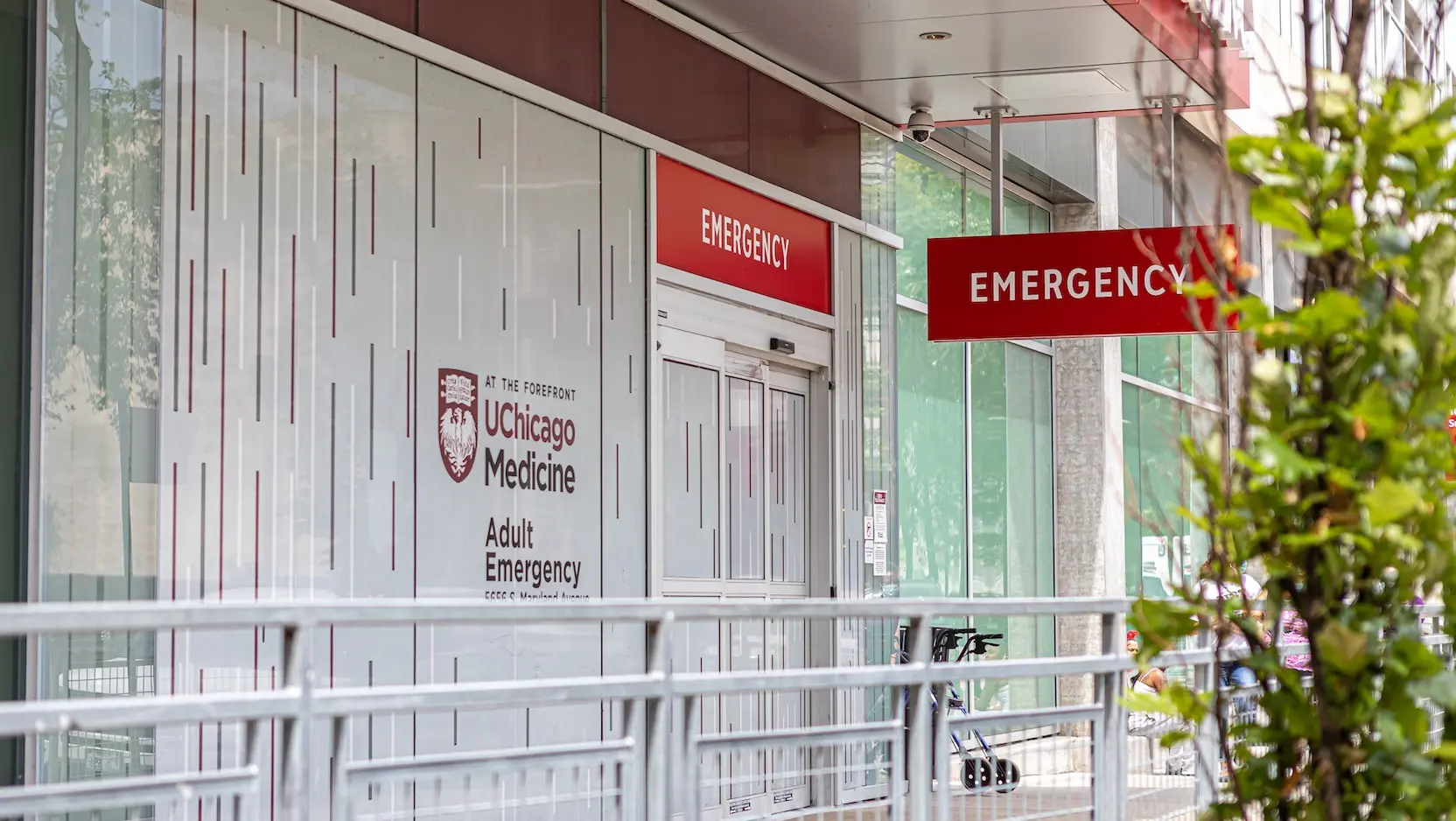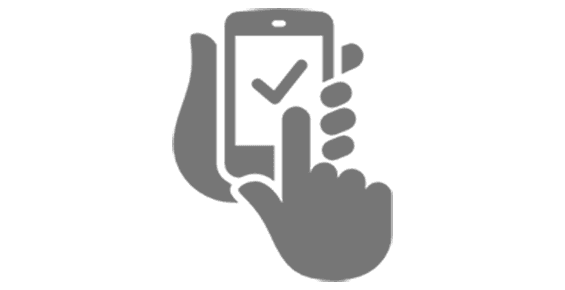Patient advocate program reduces repeat ED visits

A program that helps patients navigate the healthcare system with help from patient advocates significantly reduces repeat emergency department (ED) visits for low-acuity medical issues (minor or non-urgent needs), according to a new study by University of Chicago Medicine researchers.
The study, published in June in the Western Journal of Emergency Medicine, found minor and non-urgent ED visit rates decreased 45% for patients who were assisted with scheduling primary and specialty care appointments and provided navigation education.
The study examined UChicago Medicine's Medical Home and Specialty Care Connection Program (MHSCC), the flagship care coordination program of the Urban Health Initiative, which provides resources and information to patients and helps them navigate and access follow-up care, for both primary and specialty.
The program employs patient advocates, who are trained community health experts that help people leaving the ED identify the best next steps for care.
“This is such a feasible intervention that is not that expensive to run, and especially helps uninsured patients navigate the healthcare system and connect with insurance resources in an approachable way,” said epidemiologist Mitchell Hoyer, MPH, the study's first author.
Potential aid for costly issue
ED use for illnesses and injuries that are not emergencies continues to be an issue in the United States. Research published in 2024 suggests that 24% of adults between 18 and 64 years old who used an ED, visited for non-urgent reasons.
People often go to the ED because they lack health insurance, believe the care to be faster, have an easier time getting to the ED or aren't sure where else to go. In 2018, nearly 15% of Americans polled by the CDC's National Health Interview Survey reported not having a regular source of medical care and barriers to accessing primary care as their top reasons for visiting the ED.
About 17% of all patients passing through UChicago Medicine’s ED are assisted by the MHSCC, regardless of their insurance status. Services are provided in-person and over the phone, and patient advocates usually spend about a week working with each patient.
“If we identify patients in the ED who need additional longer-term support — say they’re experiencing homelessness, food insecurity, or need help managing a chronic disease — we connect them to partner programs that use community health workers to address those needs, alongside their providers,” said Melanie Francia, MPH, MHSCC’s patient advocate manager. “That support can continue whether it’s here at UChicago Medicine or at a partner clinic site.”
Many hospitals and healthcare facilities have similar programs, and research shows varying results when it comes to whether they help reduce ED visits; a few studies have even reported an increase in ED revisits. Hoyer hopes to provide further clarity on the issue with this new research.
“Some of the findings have been mixed in terms of helping patients use the ED less,” said Hoyer. “What it boils down to is there's not great generalizable research on it and these programs need to be looked at individually.”
UChicago Medicine researchers examined more than six years of MHSCC program activity data and compared patients' minor and non-urgent ED visit rates before and after they were enrolled in the MHSCC.
Averaged over the entire study period, the patient advocate intervention program resulted in 1,050 fewer visits per year. The more times a patient was enrolled in the program, the greater the reduction in ED visits.
Uninsured patients had the highest reduction in average visits, followed by Medicaid and privately insured patients. Medicare patients had the lowest reduction in ED visit rates.
“Medicare patients tend to be older and have more serious or urgent health conditions related to chronic illness, so it makes sense they would not be as impacted by this program,” said Hoyer.
The program's expenses broke even through the $322,247 in annual avoided healthcare expenses. By preventing an estimated 9,447 visits, the program reduced healthcare spending by about $2.9 million over 9 years.
“The program is designed to benefit the community, but another advantage is that it ends up paying for itself,” said Hoyer.
Since the study, the team running the program has doubled in size. Hoyer anticipates the savings will continue to defray the program costs because twice as many patients are being reached.
Hoyer and his team are now examining the factors that may be contributing to the decrease in minor and non-urgent medical visits to the ED, including appointment adherence and patient satisfaction. Because data from other hospitals was not included, it's possible patients may have visited other EDs over the course of the study, despite UChicago Medicine being the most frequented ED on the South Side of Chicago.
In July 2025, the program expanded to UChicago Medicine Ingalls Memorial to support patients in Chicago’s south suburban service area.
Quality and Convenient Primary Care

Schedule Online
Book a primary care appointment online right away from the comfort of your mobile device.

Set Up A Video Visit
Save time by skipping the trip to the doctor's office and video conference with your provider instead.

Request an Appointment
Don’t have time right now? Submit an appointment request form and we’ll call you back within two days to schedule an appointment.
